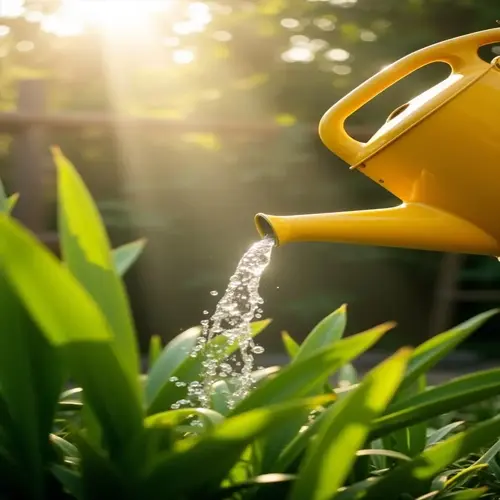What nutrient deficiency causes yellow leaves?

Written by
Julia Anderson
Reviewed by
Prof. Charles Hartman, Ph.D.Yellowing leaves frequently indicate that nutrients are lacking, critical for plant health. The absence of three nutrients causes distinct yellowing patterns: deficiency of nitrogen will affect older leaves; deficiency of iron will be apparent in the new growth; magnesium deficiency will develop yellowing on older leaves, mature leaves. On my lemon tree, I diagnosed the yellowing of the leaves to be magnesium deficiency after noticing the vein patterns.
Nitrogen Shortage
- Uniform pale yellowing starting at plant base
- Stunted growth due to chlorophyll disruption
- Primarily affects older, mature leaves first
Iron Chlorosis
- Yellow between veins on youngest leaves
- Green veins remain prominent
- Common in alkaline soils above pH 7.0
Magnesium Deficiency
- Yellow patches between veins on middle leaves
- Leaf edges may curl upward
- Triggered by calcium-rich fertilizers displacing magnesium
Before applying any pH or nutrient corrections, test the soil. Home test kits will provide results for pH and nutrients. For soils that were alkaline and causing iron problems, I was adding sulfur to lower the pH. For acidic soils that required magnesium, I used limestone to make adjustments. I recommend retesting the soil for pH and nutrients after 3 weeks to accurately assess your progress.
Avoid future deficiencies through balanced care. Apply slow-release fertilizers once a quarter. Add compost once a year to replenish nutrients. Rotate fertilizers to avoid mineral imbalances in the soil. My garden thrives on this proactive strategy of managing soil nutrients.
Read the full article: 10 Reasons Why Leaves Turn Yellow

